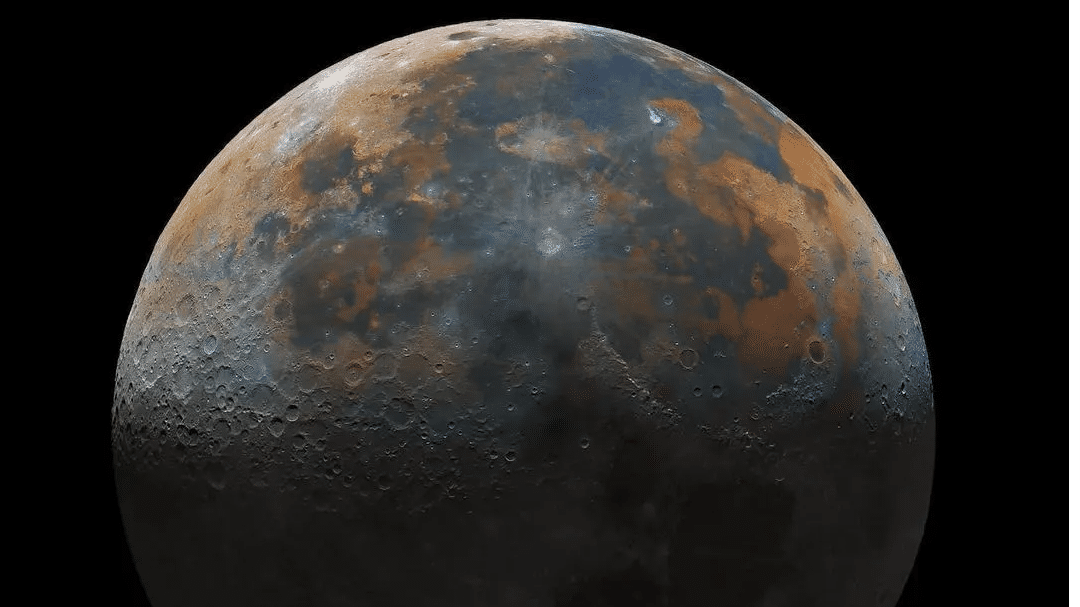The temperature on the moon pits offers some protection from the extreme temperatures, which range from 280 degrees during the day to below zero at night.
UCLA planetary scientists discovered the temperature in these pits is always a constant 63 degrees using thermal imaging from NASA‘s Lunar Reconnaissance Orbiter. The research was just published in the journal Geophysical Research Letters.
Also Read| Why Russia has decided to quit the International Space Station after 2024
The UCLA research team concentrated on the chasm in the Sea of Tranquility, also known as the Mare Trenquillitatis region, which is approximately 220 miles from where Apollo 11 landed and an equal distance from the Apollo 17 landing site.
The pit may be the entrance to a lava tube or cave, and according to Tyler Horvath, a UCLA Ph.D. student studying planetary science and one of the study’s authors, it would be the perfect place for astronauts to live due to its ideal temperatures and radiation and meteorite protection.
David Paige, a UCLA Planetary Scientist, is the principal investigator of the Diviner instrument and the lead author of the new moon pit study.
“Imagine a full day on the moon … you have 15 days of extreme hot that get up to well past the boiling point of water. And then you have 15 days of extreme cold, which is some of the coldest temperatures in the entire solar system, so being able to be in a place where you don’t have to spend energy to keep yourself warm throughout those 15 days of night is almost invaluable because during the night, if you’re trying to use solar power as your main form of getting energy, you can’t do that for 15 days,” Tyler Horath stated.
Also Read| NASA satellite images show how parched United Kingdom is due to heatwave compared to a year ago
After rechecking the Diviner data and taking into account how much sunlight the pit receives, the team calculated the temperature of the pit floor during the day.
The Trenquillitatis pit and other caverns on the moon stay warm due to physics concept known as a blackbody cavity, which can self-regulate to keep its temperature stable.
The temperature at the bottom of the pit is also affected by its position in relation to the Earth and moon in relation to the sun.
In 2009, the Japanese spacecraft Kaguya discovered a new type of lunar feature in the form of deep chasms, which researchers believe may contain caves formed by collapsed lava tubes similar to those found on Earth.
Horvath explains that the dark blotches we see on the moon today were produced billions of years ago by extremely active volcanic activity and lava flows. Because it was exposed to the chilly conditions of space where the caverns below the surface lava still flowed, the lava at the surface would cool first.
Also Read| Proof of life? Astronomers detect radio signals from faraway galaxy
The moon pits are “skylights,” according to NASA, created when the lava tube’s roof collapsed. The Devil’s Throat lava tube in Hawai’i Volcanoes National Park is comparable in size to the Mare Trenquillitatis pit, and the UCLA research team that conducted the study even went there.
Visitors can walk through additional lava tubes in the park, similar to the one shown above.







